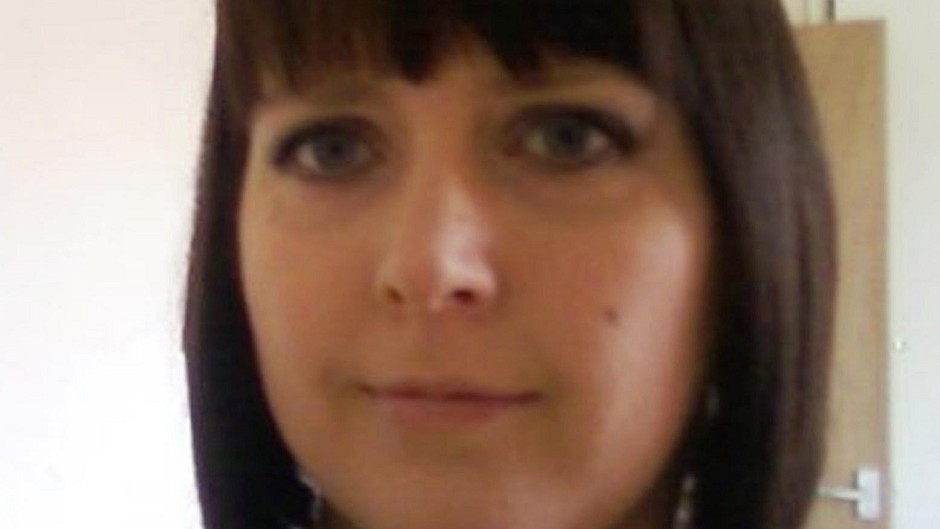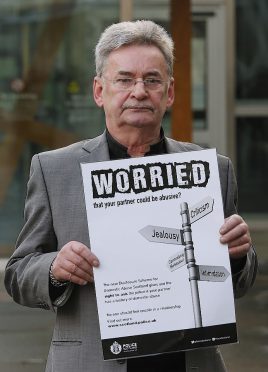Almost 1,600 people have been warned their partners are a potential abuser thanks to a scheme pioneered in the north-east.
Clare’s Law allows people to find out if someone they are in a relationship with has a history of violence or abuse.
It was set up after Clare Wood was murdered by her ex-boyfriend in 2009.
>> Keep up to date with the latest news with The P&J newsletter
Miss Wood’s father Michael Brown, originally from Aberdeen, had campaigned for the project to be introduced to safeguard potential victims in the dark about their partner’s violent past.
Since the Disclosure Scheme for Domestic Abuse in Scotland was introduced nationwide in October 2015, thousands of people have been spoken to by police.
Year-on-year the number of requests for disclosure has continued to increase, with more than 3,500 requests for disclosure made since 1 October 2015.
In the year to date, more than 1,360 referrals have been received.
And applications by people using their “right to ask” have increased by nearly 40% in the past 12 months.
Assistant Chief Constable Gillian MacDonald, strategic lead for crime and protection, said: “Domestic abuse affects all of Scotland’s communities. It is a despicable and debilitating crime and DSDAS gives us the chance to prevent abuse before it occurs.
“The scheme provides an incredibly important opportunity for people who have concerns about a new partner’s abusive past to seek information from the police to help ensure their own safety.
“However, this scheme is also open to those with concerns about another person’s partner – this could be a friend, a family member or a support worker. This is crucial as the complexities of controlling and coercive behaviours often mean the people themselves may not recognise the development of abuse or don’t feel able or ready to make an application themselves.
“The disclosure scheme is about empowering people who have concerns with the right to ask about the background of their partner. We will always proactively investigate domestic abuse but this scheme is an opportunity to prevent abuse, to stop people becoming victims and to halt the trauma caused by abusers.
“If you are worried that your partner might have an abusive past, or you are worried about someone else then DSDAS could provide information that can help that person make a positive choice to protect themselves and their future.”
Miss Wood, a young mum, was murdered and set on fire by her abusive boyfriend, George Appleton, in 2009.
The 36-year-old did not know that Appleton had a history of violence towards women and was known to prowl online dating sites.
Mr Brown – who now lives in the Manchester area – campaigned tirelessly to allow people to check with police whether their partner had a record of abusive behaviour.
After successful pilots in Aberdeen and Ayrshire the scheme was rolled out nationally.
The background
Michael Brown campaigned for better protection from domestic abusers since the murder of his daughter Clare Wood.
Clare, a 36-year-old mother, was strangled and set on fire by her ex-partner George Appleton before he went on the run.
He was later found dead.
Appleton had been jailed for three years in 2002 for harassing another woman and again in 2001 for breaching a restraining order.
Anyone can make use of Clare’s Law: a partner, a concerned friend or family member can make a request, each of which is considered by police and partner agencies on its own merits.












